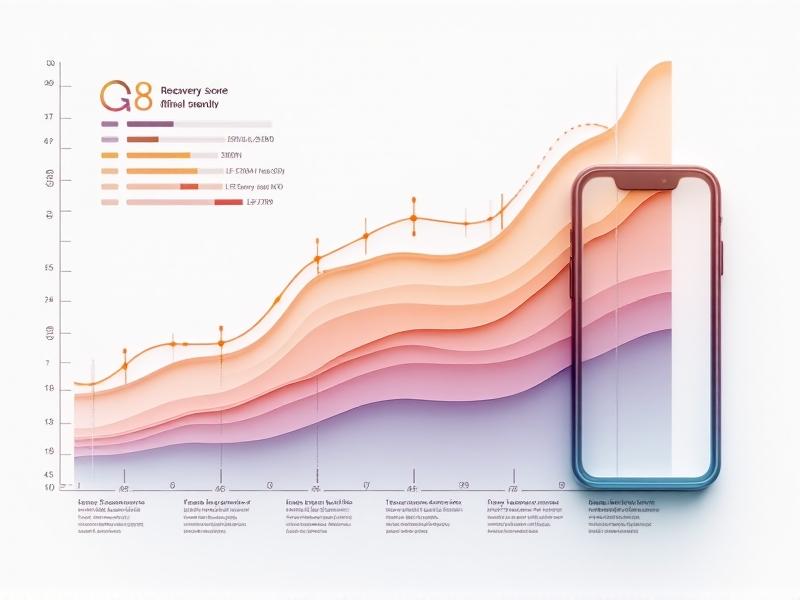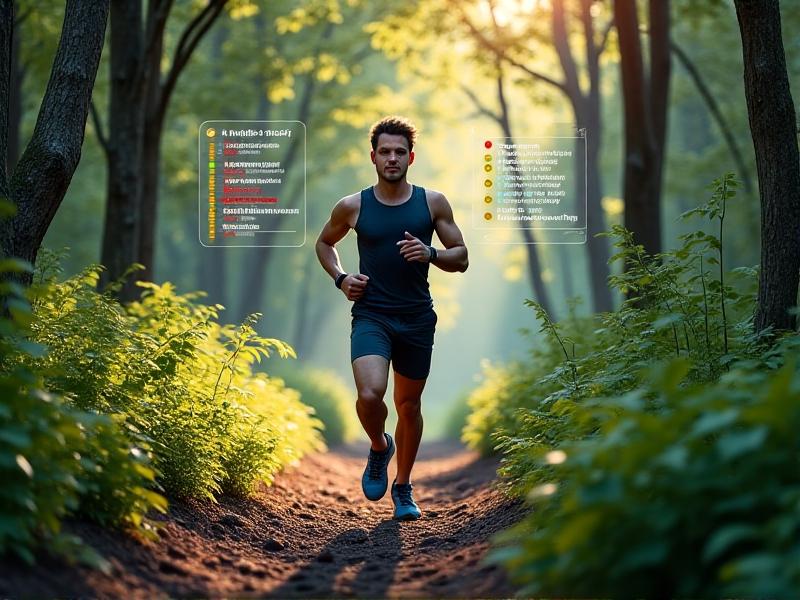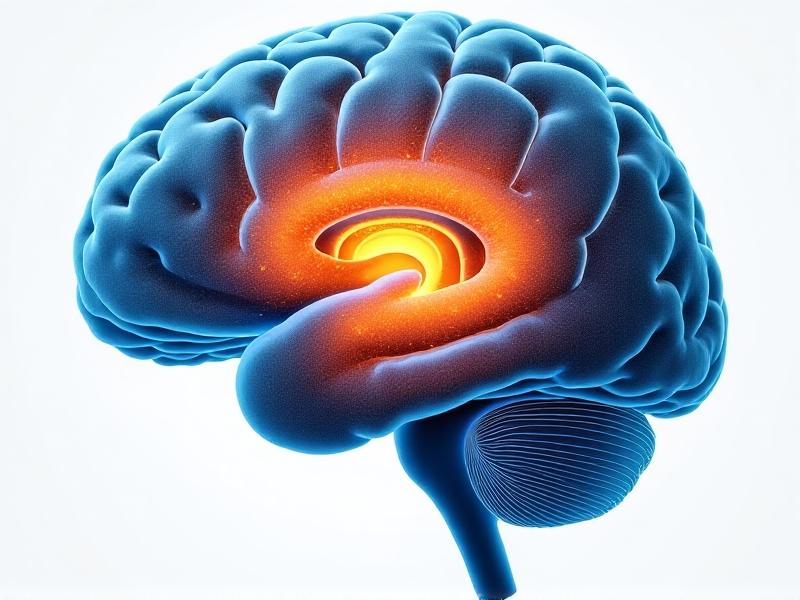Heart Rate Variability (HRV) Recovery Metrics
Understanding Heart Rate Variability: The Basics of HRV
Heart Rate Variability (HRV) measures the variation in time between consecutive heartbeats. Unlike a static heartbeat count, HRV reflects the dynamic interplay between the sympathetic ("fight or flight") and parasympathetic ("rest and digest") branches of the autonomic nervous system. A higher HRV typically indicates resilience and adaptability, while a lower HRV may signal stress, fatigue, or underlying health issues. Athletes, biohackers, and health enthusiasts increasingly use HRV as a metric to optimize recovery, training, and overall well-being.

The Science Behind HRV and Recovery
HRV’s link to recovery stems from its role as a proxy for autonomic nervous system balance. During sleep or rest, parasympathetic activity dominates, increasing HRV. Stressors like intense exercise, emotional strain, or illness activate the sympathetic system, temporarily reducing HRV. Studies show that consistently low HRV correlates with overtraining, chronic stress, and cardiovascular risks. Advanced algorithms analyze HRV data to provide actionable insights, such as adjusting workout intensity or prioritizing recovery days. Wearable devices now make real-time HRV tracking accessible, bridging lab-grade science with everyday health management.
Key HRV Metrics for Tracking Recovery
Common HRV metrics include RMSSD (Root Mean Square of Successive Differences), SDNN (Standard Deviation of NN Intervals), and LF/HF ratio (Low-Frequency to High-Frequency power). RMSSD, sensitive to short-term changes, is favored for acute recovery assessment. SDNN reflects overall variability across longer periods, useful for spotting trends. The LF/HF ratio, while debated, attempts to quantify sympathetic-parasympathetic balance. Modern wearables and apps like WHOOP or Oura Ring simplify these metrics into daily readiness scores, helping users make data-driven decisions about their health routines.

How to Accurately Measure and Interpret HRV
Consistency is critical for HRV measurement. Wearables like chest straps (e.g., Polar H10) or optical sensors (e.g., Apple Watch) capture data best during controlled conditions, such as morning rest. Factors like hydration, alcohol, and sleep quality can skew readings. Tools like Kubios HRV software offer advanced analysis, differentiating noise from meaningful trends. Interpretation requires context: a sudden drop in HRV might suggest illness, while gradual improvements could indicate better fitness. Pairing HRV with other biomarkers (e.g., sleep data, cortisol levels) enriches insights and reduces misinterpretation risks.

HRV in Fitness: Optimizing Training and Avoiding Burnout
Elite athletes pioneered HRV-guided training to balance exertion and recovery. A 2021 study found cyclists using HRV data improved peak performance by 8% compared to traditional programs. For amateurs, HRV helps avoid the “more is better” fallacy—delaying workouts on low HRV days reduces injury risk. Apps like HRV4Training auto-adjust training plans based on daily readings. Coaches also use HRV to tailor periodization phases, ensuring athletes peak for competitions without overreaching. The metric’s real-time feedback loop fosters sustainable progress and long-term health.

HRV’s Role in Mental Health and Chronic Disease Management
Beyond fitness, HRV is emerging in mental health and chronic illness care. Low HRV correlates with anxiety, depression, and PTSD, as chronic stress disrupts autonomic balance. Biofeedback therapies teach patients to elevate HRV through paced breathing, improving emotional regulation. In cardiology, HRV predicts outcomes in conditions like hypertension and diabetes. Researchers are exploring HRV as a non-invasive marker for autoimmune flare-ups and Long COVID recovery. These applications underscore HRV’s versatility as a holistic health indicator.
Debunking Myths: What HRV Can and Cannot Tell You
HRV isn’t a crystal ball. While it reflects autonomic tone, it doesn’t diagnose specific diseases or replace medical tests. For example, a temporarily low HRV could stem from a hard workout rather than illness. Ethnicity, age, and genetics also influence baseline HRV, making personal trends more valuable than comparisons. Critics note that commercial devices vary in accuracy, and over-reliance on scores may fuel health anxiety. Used wisely, however, HRV is a powerful tool for enhancing self-awareness and proactive health management.








